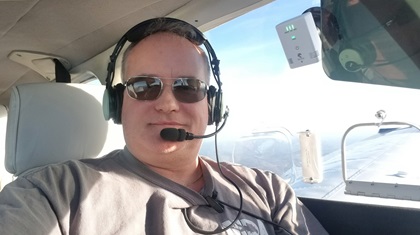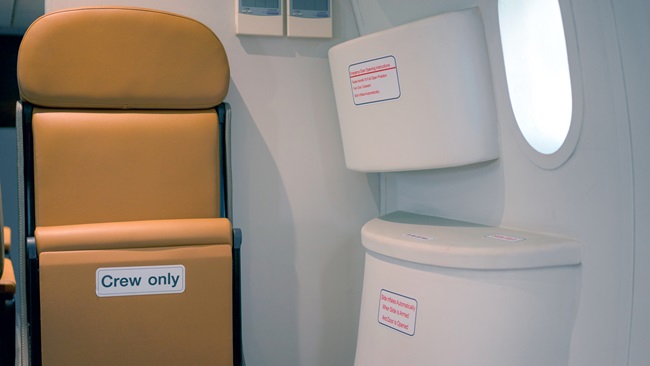The little Boeing that flies like a big Cherokee
Pilots love to compare the characteristics of one airplane to another.
One examiner that I flew with would curse the single-engine performance of the Cessna 310, but would wax euphoric about it with both engines humming as planned. Sometimes a car is a better metaphor than an airplane. When I flew Bombardier CRJs, the general consensus was that the model was a ”sports car” below 20,000 feet, and it was anything but above.
I was recently reminded of this when I got to fly both on the same day. I had flown my Piper Arrow to work because the odds of getting home via my typical airline commute were basically zero. It was a holiday spring break, and flights were not just full, but oversold. With nothing but clear skies in the 10-day forecast, I decided to fly the Arrow to work, knowing that it would get me home sooner than the airline. I found the prospect of this oddly thrilling, flying a jet and my own airplane on the same day, on similar missions, with vastly different performance envelopes, and yet with so many similarities. I couldn’t help but smile as my little Arrow proudly pulled me home, slower than the airplane that provides my paycheck, but with a certain aplomb of its own.

Trimming either for hands-off flight doesn’t require an overly delicate hand, but a certain degree of patience always helps. Once level, it’s best with both to let the speed settle down while trimming off control pressure. Once the speed settles, minor trim inputs can be used to establish straight-and-level flight. Even in turbulence, both have relatively little slop, and will return to stabilized flight eventually, if not always gracefully.
The 737 has a massive control yoke and an equally ridiculously big trim wheel. The Cherokee has what I would call a solid yoke and a slightly more demanding trim wheel, but both respond almost immediately to even small inputs—but not overly so; there is plenty of time to correct on both. Neither airplane can claim to be new in design. The Cherokee is older, having come off the drawing boards in 1960, seven years ahead of the 737. Had either been designed today, they would no doubt have some changes. The seats would be more comfortable in each (the Cherokee wins this contest hands down), and the panels would be drastically different (the 737 wins here). But there is much that each got right. The windows in each are well designed for what they do. The throttle quadrant is simple yet easy and effective to use. While the fuel tank selector in the Cherokee is a bit out of sight, it’s easy to use, with solid detents and good labeling. The 737 fuel system doesn’t allow for any fuel transfer, but it’s a simple system that is easy to understand and rarely fails. Each airframe is rugged if not sexy.
Both models are predictable in their takeoffs and landings. Properly trimmed, each comes off the runway with little effort, but poorly trimmed, each is a handful. Given due respect during the approach, each can be landed with surprising touch and grace, but if you think either will cover for your mistakes, then you are once again mistaken. Hard landings in either are easily avoidable, but not always easy to avoid, and are never easy to hide. Proper attention to detail and some basic airmanship will be rewarded with a touchdown so soft that you won’t be sure you are on the ground.
It’s hard not to fly a 737 and wonder how many of the engineers flew or worked on the Cherokee. Both are a pleasure to fly, but neither is spectacular…and yet each soldiers on, refusing to give up or give in, no matter what anyone else comes up with in an effort to surpass them. Plenty have tried, but none have really succeeded.



